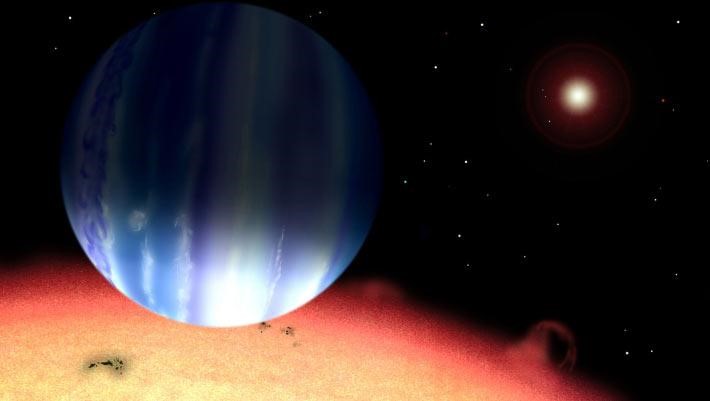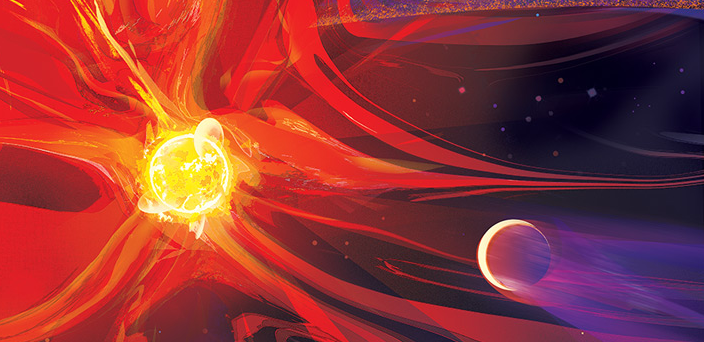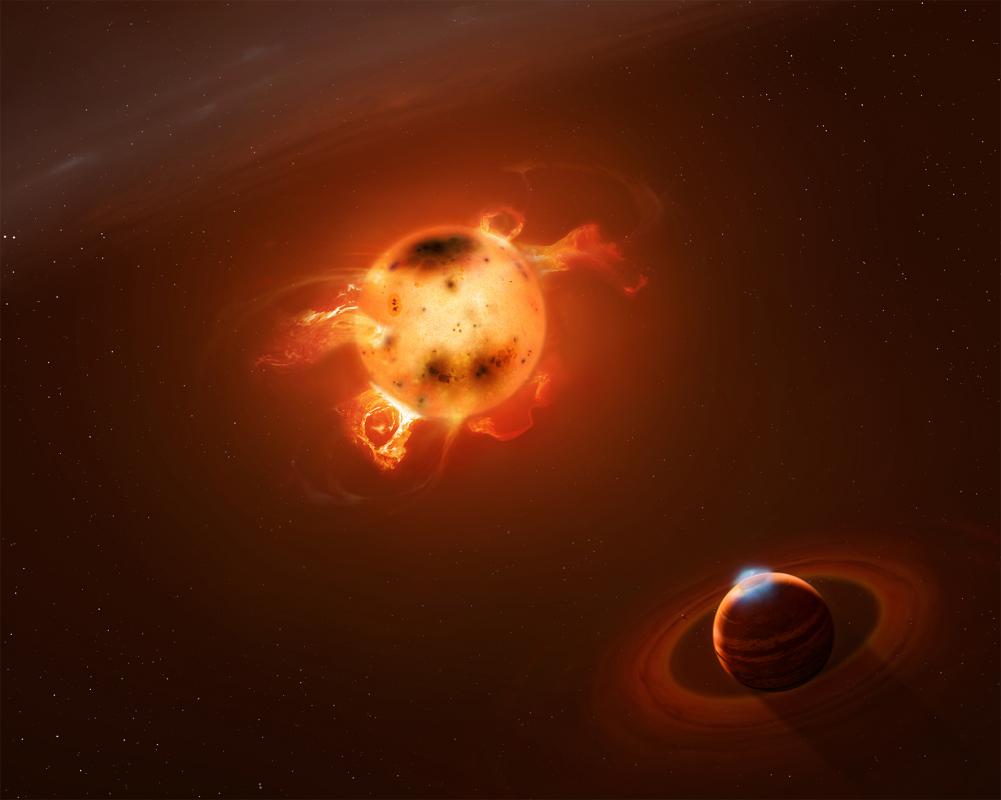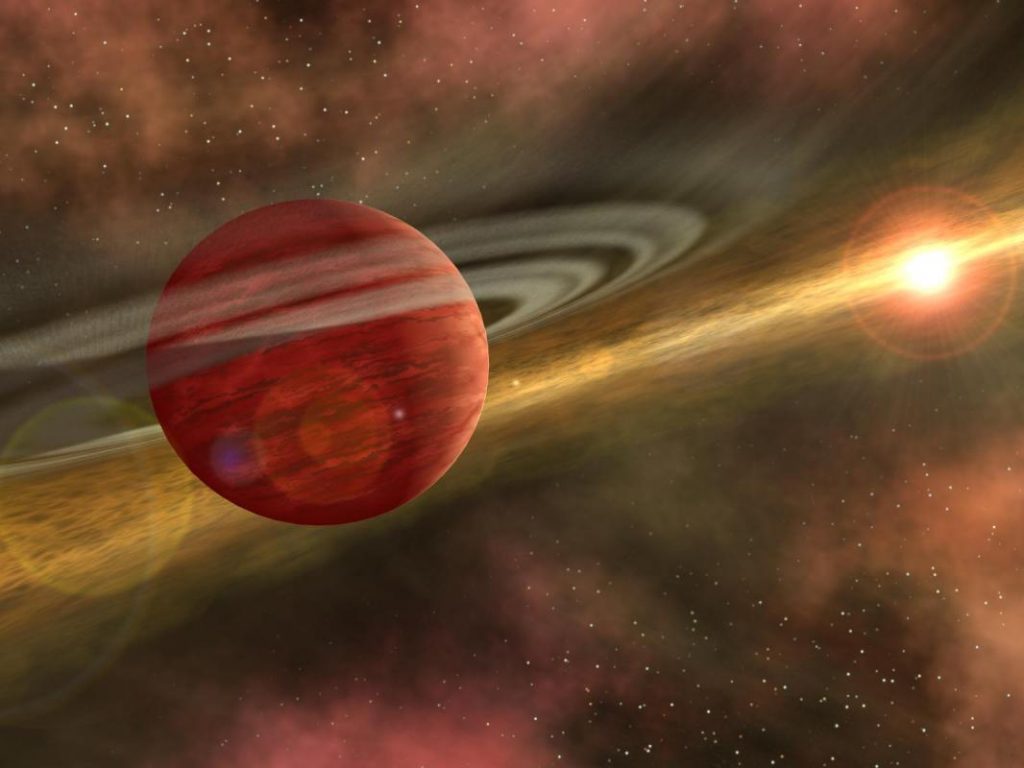2023 February: Small planets orbiting red dwarf stars detected by SPIRou and TESS
SPIRou and TESS discover and characterize sub-Neptunes orbiting nearby red dwarfs. Since the discovery in 1995 of a planet in orbit around a star other than the Sun, research in exoplanetology has revolutionized our knowledge of planetary systems. Among the thousands of systems known today, many have planets that have no equivalent in our Solar […]





